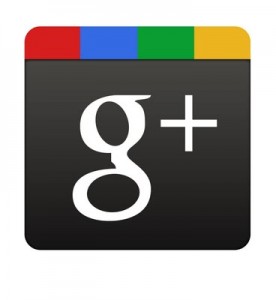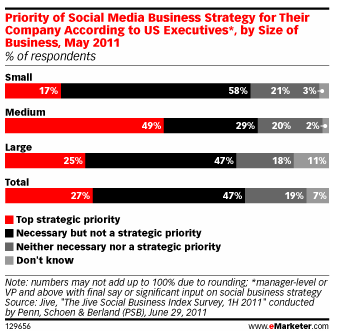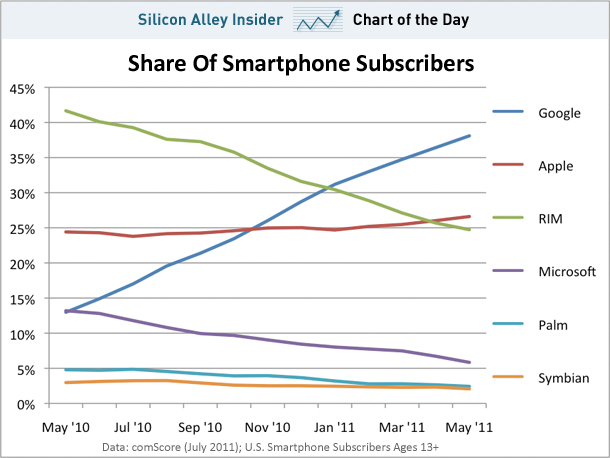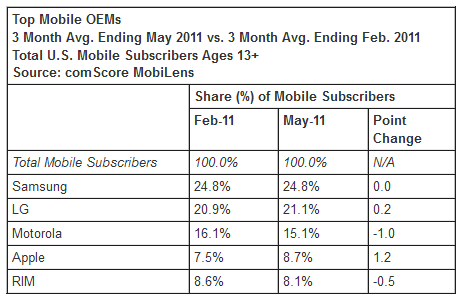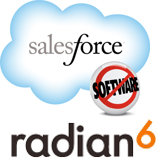While many small and medium-sized businesses are planning to increase their digital spending budget within the next 12 months, only 2 in 10 are currently employing mobile marketing strategies. Amazingly 29% of SMBs haven’t even heard of the term mobile marketing, which is mind blowing considering most SMB execs and owners probably use mobile devices in their daily lives.
In fact, a recent study found that 94 percent of the small-business users surveyed believe their mobile devices make them more efficient. So what gives? They use these devices but they’re not seeing the value in marketing terms.
One reason I believe SMBs are so slow to pick up on this marketing avenue is that mobile technologies have moved so fast that marketing execs are too hesitant to try something they deem as untested. SMBs aren’t alone in their trepidation as I’ve worked with a few Fortune 500 companies who still haven’t had the gumption to dip their toes into this medium.
It’s been my experience that while big business have the cash to try new mobile marketing strategies they tend to be more conservative in their willingness to try new things. SMB’s obviously don’t have the endless funds the big boys possess but they do have the most to gain by trying this growing trend. Especially if their competitors are already in this space.
In fact, 84% of U.S. small businesses using mobile marketing see increase in new business activity, according to a recent study by Web.com. ComScore figures there are now 82.2 million Americans using smartphones and this figure is going to continue to grow quickly. When it comes down to it SMBs should take advantage of mobile marketing to gain advantage in three key areas:
- Provide better service to existing customers
- Attract more local customers
- Gain competitive advantage
It won’t be long before everyone will be carrying around computers in their pockets so the sooner SMBs can harness this trend the better competitive advantage they’ll have in the future. And by future I mean tomorrow.


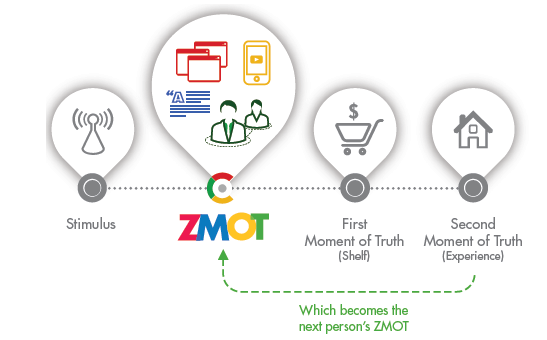
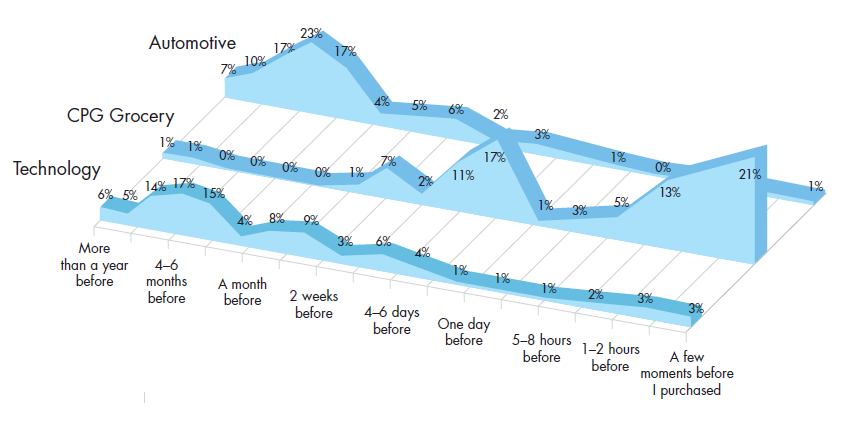
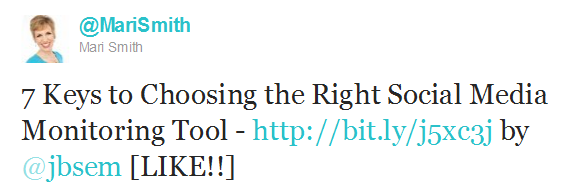

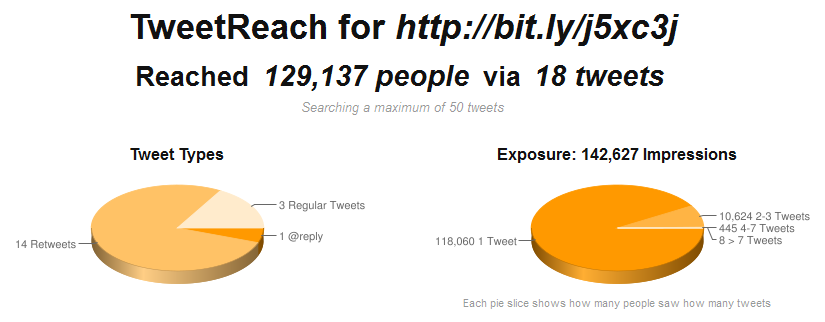
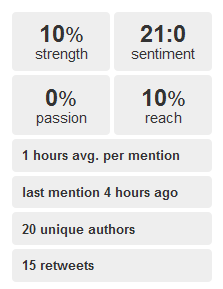


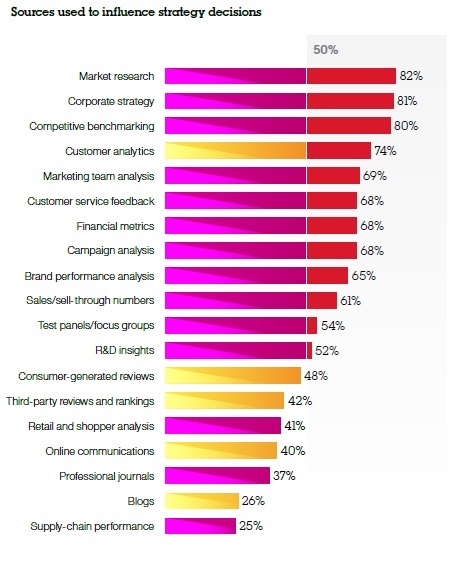
 Enough can’t be said for how social media is changing the way people use and search for information on everything from travel to buying a ball point pen. For parks and recreation organizations social media is an integral aspect for conveying to the community all that is offered in terms of city parks, youth programs, sports, special events, etc.
Enough can’t be said for how social media is changing the way people use and search for information on everything from travel to buying a ball point pen. For parks and recreation organizations social media is an integral aspect for conveying to the community all that is offered in terms of city parks, youth programs, sports, special events, etc.
